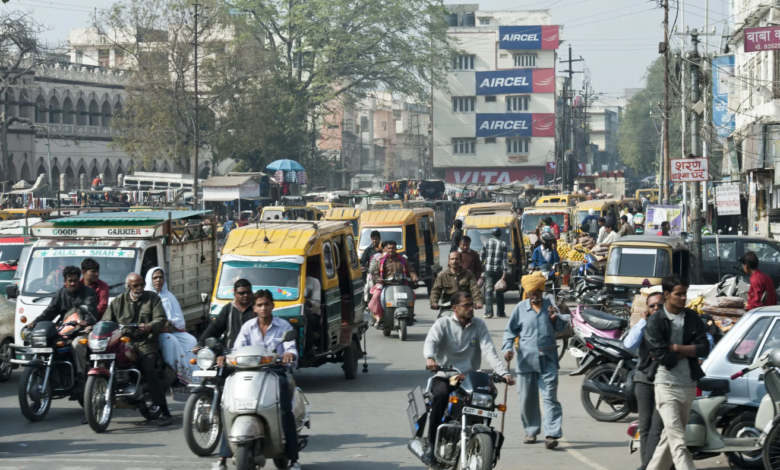Pollution affects those living in poverty the most
(Sustanabilityenvironment.com) – On the occasion of the International Day of the U.N. International Day of Clean Air for blue skies, Greenpeace India has published the report “Different Air Under One Sky: The Inequity Air Research” which shows the relationship between poverty, vulnerable population groups and air pollution. The study analyses data on pollution in India, Malaysia, Thailand, the Philippines, Indonesia, Turkey and South Africa, and the possibility for populations to access air quality monitoring stations, demonstrating that there is no fair distribution of the risks associated with poor air quality and that some groups of citizens are more exposed than others.
Pollution and poverty: the weakest groups are more exposed
The report shows that a number of groups, known to be more fragile than others, are more exposed to the risks of air pollution or have less access to air monitoring data: including newborns, those over 65, and pregnant women.
Pollution is therefore a global issue, but its negative impacts are greater in low- and middle-income countries, and particularly negative for certain population groups.
The data show that 99% of the population included in the research, which represents more than 25% of the world’s population, breathes air polluted by fine particles that violate WHO guidelines on the percentages of PM2.5.
More than half of the population surveyed, in almost all countries studied, has no access to an air quality monitoring station within 25 km, with borderline situations such as India, where the figure concerns 70% of citizens.
India is also the leader in the worst air quality: concentrations of PM2.5 exceed five times the limits imposed by the World Health Organization, and pregnant women live in the most polluted contexts.






